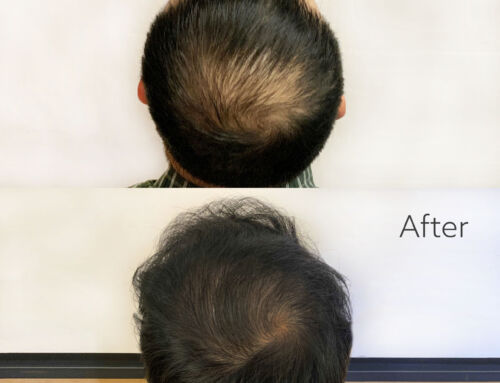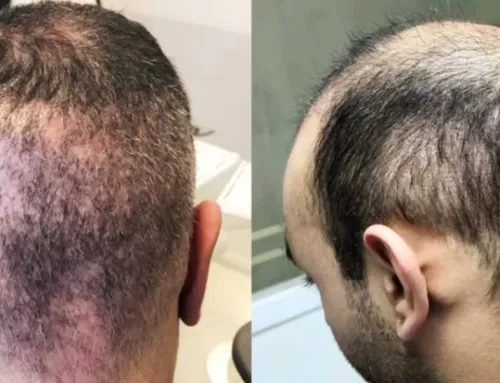Alpha Lipoic Acid is a powerful antioxidant
Alpha lipoic acid (ALA) was discovered in 1951 as an essential ingredient of the mitochondria (powerhouse) of cells. Initial research showed that when additional alpha lipoic acid was made available to cells, it would quickly enter the cells and function as a powerful antioxidant.The beauty of ALA is that in addition to its own antioxidant power, it enhances the antioxidant effects of vitamins C and E. ALA has been called a universal antioxidant due to the fact that it is both lipid and water soluble. This is important because it means that ALA is capable of exerting its antioxidant effects both inside the cell as well as between cells. Much of the free radical damage occurs on the surface of the cell (cell membrane) as well as between cells. ALA, being present throughout these areas is able to exert an antioxidant effect far superior to many other antioxidants.
Fighting Inflammation
Skin inflammation causes skin damage and plays an important part in the formation of lines and wrinkles. In addition to the antioxidant effects, ALA prevents the production ofcytokines; key substances seen with inflammation. ALA also has the ability to prevent certain messenger cells associated with production of inflammatory enzymes known to harm the cell or even collagen. Therefore, through multiple pathways, ALA not only prevents inflammation but also has the ability to prevent many of the precursors to inflammatory cells.
Boosting Metabolism
Alpha Lipoic Acid (ALA) has the ability to affect metabolism in the cell as well. ALA is normally found in the mitochondria of the cell (the cells powerhouse that determines the metabolic rate of the cell). ALA gives a boost to the metabolic rate of the cell which is of utmost importance in anti-aging. Through improvements in the energy levels of the cell, ALA helps the cell more quickly absorb nutrients, remove waste and repair damage.
Sugar and your Skin
Sugar (glucose) is necessary for our cells to stay alive and function normally. However, excess sugar in our skin cells interacts with collagen to cause the development of cross-links which makes collagen inelastic and inflexible. This cross-linking of collagen leads to the formation of wrinkles. Collagen is a protein and when sugar attaches to it (a process known asglycosylation) cross-linking and stiffness of collagen result. Here ALA comes to the rescue once again. Through prevention of glycosylation, ALA has the ability to keep the sugar molecules from attaching to collagen (protein) thus allowing the collagen to remain smooth and elastic.
Alpha Lipoic Acid Uses
Alpha Lipoic Acid (ALA) has been successfully used as part of a treatment plan for Rosacea. It helps to improve skin texture and tone and helps fade fine lines and wrinkles. Puffiness under the eyes or enlarged pores respond quite well to treatment with ALA. I have found that the use of ALA seems to show the greatest improvement for those with a very dull complexion.
Author: Dean M. Tomasello, MD
Source: www.clearskinmd.net







